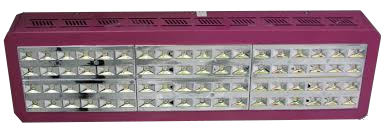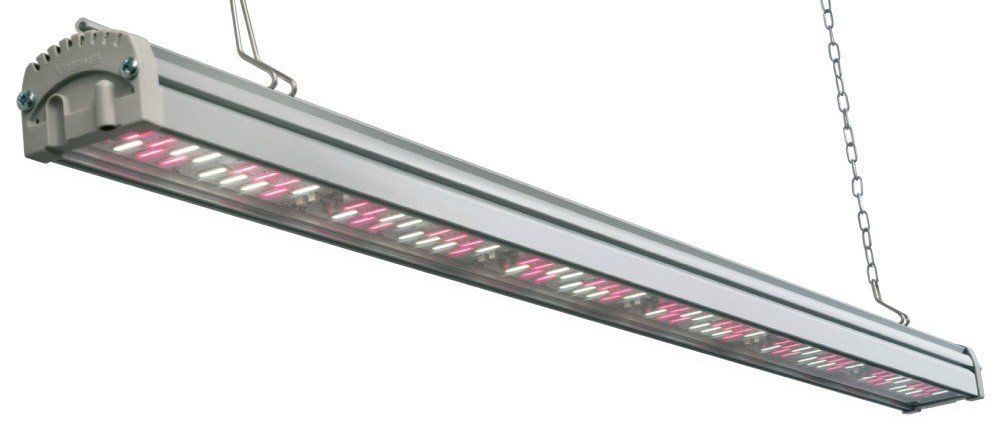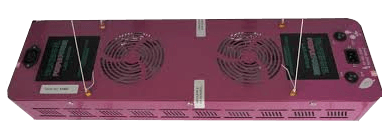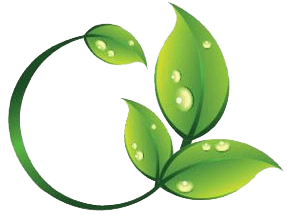LED Lighting - The Pros and Cons
The Pros and Cons of LEDs in a Hydroponic System
A LED, or a light emitting diode, is a semiconductor that produces light when a voltage is applied. Electricity can only be applied in one direction and the result is positive and negative energy colliding at a junction which produces the light.
They were discovered in the 1960s and are now commonplace in everything from remote controls to TV's to those toys from back in the days! Many streetlights also use LEDs.
In the late 1980's, NASA began to experiment with them to grow fresh food in the International Space Stationand in more recent years they have become more readily available for indoor growrooms at home.
There are advantages and disadvantages of these systems which we will mention below.
Advantages
Energy: LEDs do not need to burn anything so they produce a lot less heat than traditional lighting. To give the same level of light they use 60% less energy
Lifespan: Because of the low operating temperature the lifespan of a LED lighting system is around 50,000 hours. This is nearly 6 years of continuous use and is a lot longer than with typical lighting!
Harvest: Because LEDs can be used constantly for 24 hours a day without affecting the growroom temperature the plant growth rate can be maximised. This means that several yields can be produced in one typical growing season.
Health: Traditional lighting emits more infra red (IR) and ultra violet (UV) light than LEDs do. This can cause plants to burn and dry out, meaning that much of their water is needed just to merely survive. With LED's the water, energy and nutrients will be used for them to flourish.
Wavelength: Traditional systems give out green and yellow light which the plants only use a tiny amount of. The wavelength from LED lighting can be adjusted to enhance photosynthesis. This gives another saving of energy.
Spectrum: Many LED systems allow you to disable certain wavelengths and only emit the light required for the stage of the growth. This once again means less wasted energy and avoids the need to stock up on different lights for different growth stages.
Temperature: Because LED lights give off relatively little heat there is far less requirement for cooling fans to maintain a steady temperature.
Environment: LED lights do not contain toxic substances and are 100% recyclable.
Disadvantages
Directional Light: The light that is emitted is similar to that of a torch, in the sense that it covers at smaller area
Bright Light: The brightness of LED lights from a blue light can be dangerous to our eyes so care must be taken when working with this lighting.
Ageing: Despite the lifespan, the colour of the can change with age. This is more commonplace with cheaper LED chips.
Heat: LED grow lights can begin to malfunction with excessive heat and it is essential for a decent heat sink and fan to be present in the lighting system
Cost: LED lights are certainly more expensive than traditional lights but they are a good investment.
Overview
Although their are a few slight disadvantages with LED lighting that is often the case with anything we choose to use and they can easily be overcome. Care must be taken by wearing appropriate eye protection and although cost can be an issue it will eliminate potential issues such as overheating or an early demise in quality.
In terms of cost, the durability, energy efficiency and high yield potential will certainly outweigh this in the long run so overall LED lighting is definitely a wise and sensible investment.
View our range of LED lighting systems here




